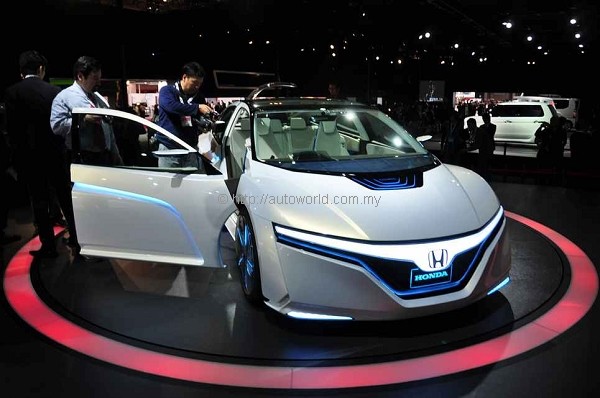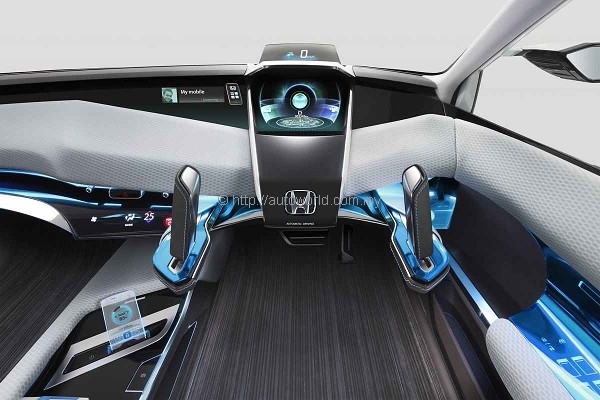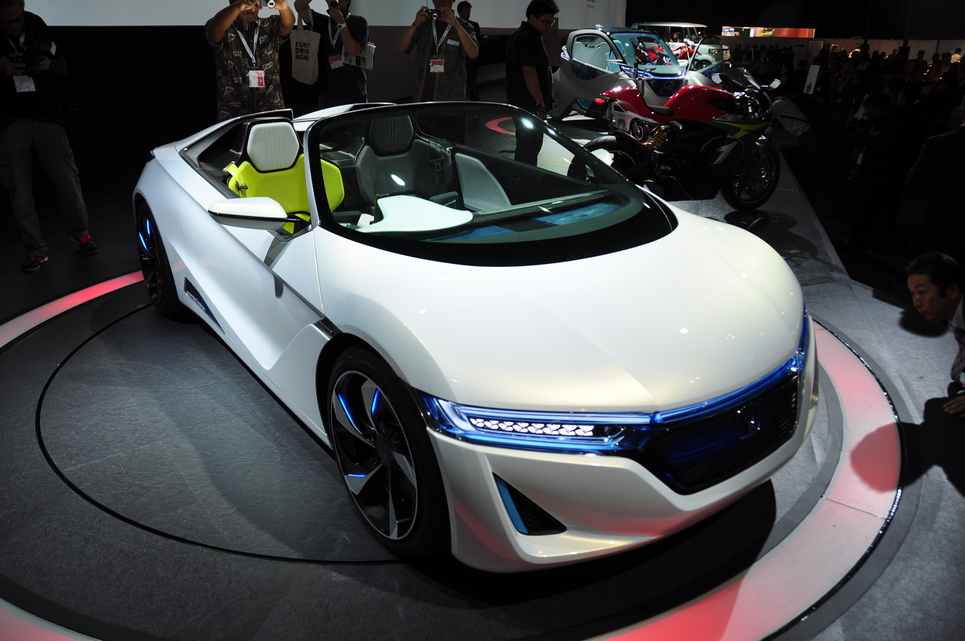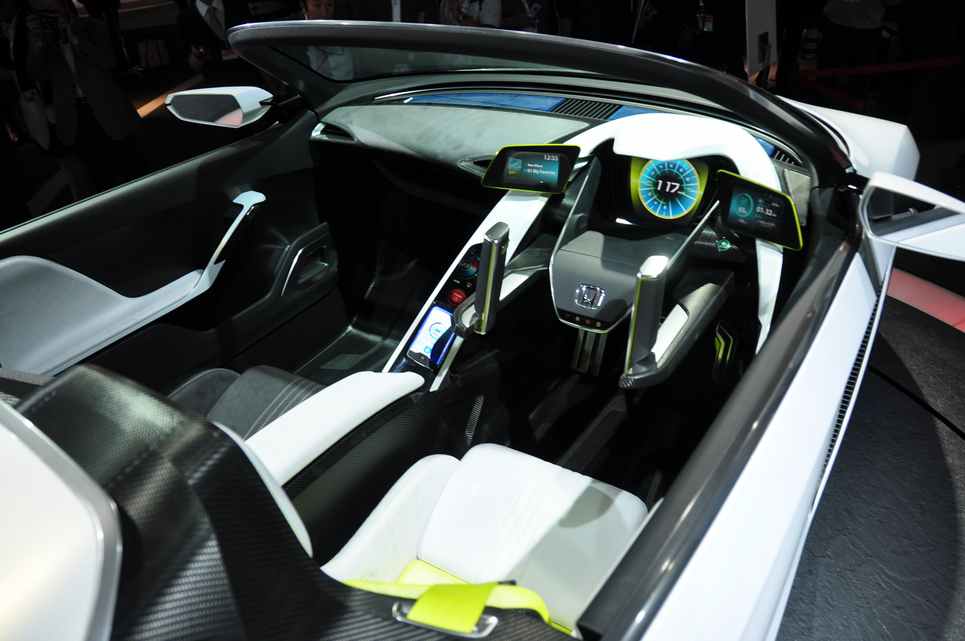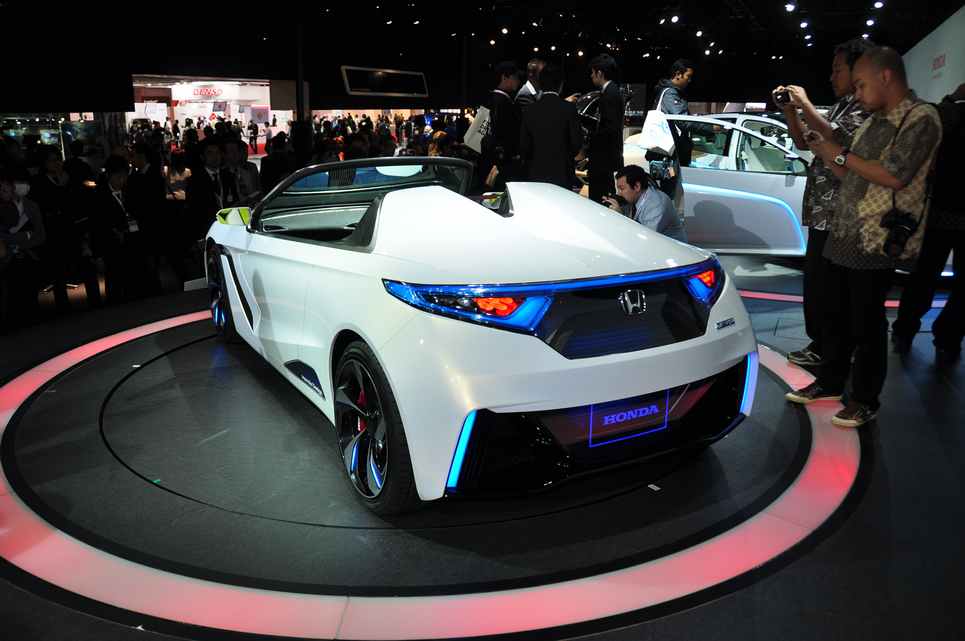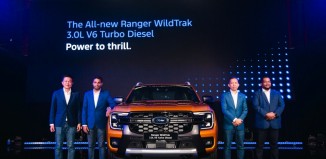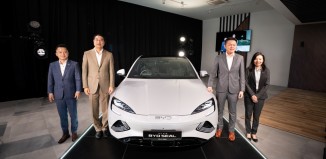The Evolution of Honda – Showcase at the 42nd Tokyo Motor Show
The dreams that drive the people at Honda are the same dreams that are evolving the brand – this is the theme of the Honda booth at the 42nd Tokyo Motor Show 2011. The motor show itself is a much subdued one, barely eight months after the earthquake and tsunami disaster that hit the north eastern coastline of Japan earlier in the year. At one time, the fate of the Tokyo Motor Show, held once every two years was hanging in the air, but the Japanese, resilient as ever, decided the show must go on.
Held at a site that is considerably smaller, but nearer to the city, at the Tokyo Big Site, near the Rainbow Bridge, there are twenty nine automotive exhibitors, with motorbikes and accessories makers making up the rest.
The overall theme of the show is about mobility, and the emphasis seems concentrated on alternative sources of energy. Just about everybody had hybrids, electric cars, and fuel cell vehicles in addition to the normal cars – even then, there seemed to be a general pre-occupation with carbon footprints and fuel economy.
At the Honda booth, which was easily the largest, or so it seemed to me, because it was a combined show of cars and motorbikes, the theme was similar, except that as guests of Honda, we were privileged to be exposed to a more in-depth study of the thinking behind Honda’s designs, which included a very thorough briefing as to the future of the automobile from Honda’s viewpoint.
It appears to me that Honda is attempting to match the objective of saving the environment with the objective of providing mobility. I use the term mobility because Honda goes beyond just making cars – mobility involves the moving of people by any means – and the products under development include small machines for low speed mobility within buildings, or on pavements to electric motorcycles, to electric carts to mini electric-powered cycles to cars and other vehicles. Honda has been on this tack now for the past three Tokyo Motor Shows – yet at the same time, it is endeavouring to still make cars that the people want – cars that are environmentally friendly (Honda’s objective), and cars that are exciting and fun to drive (the people’s wants). A classic example of a good combination of the two is perhaps seen in the Honda CR-Z Hybrid (see article elsewhere in this site), whereby you can have an exciting car that looks great, has good performance, yet is eco-friendly.
The booth at the Tokyo Motor Show showcased three mobility concepts – the AC-X, the Micro Commuter, and the EV-STER CONCEPT. The highlight was a short interlude with ASIMO, the heart of Honda’s Robotics development – ASIMO appeared during Honda President Takanubo Ito’s speech to pour him a drink of orange juice.
ASIMO is eleven years old now, and can walk even on uneven surfaces, run, dance, stand and jump on one foot, in addition to which, it can now assess its surrounding environment and react according to multiple sensors – moving towards an autonomous stage – it will never be a human, but soon in the future, it should be able to meet and greet people by their names, give a presentation, or do a guided tour of a facility. Honda uses the technology gained from ASIMO in its development of new and existing products.
The AC-X is a plug-in hybrid concept, with its name derived from Advanced Cruiser eXperience, and is heavily inspired by the FCX Clarity, a fuel cell car already in production. Powered by a four-cylinder 1.6 litre engine and a pair of electric motors, the AC-X seats four adults, and has a CD of a mere 0.21, helped by its streamlined design, front bumper, side skirts and rear diffuser designs. In fully electric (EV) mode, the AC-X has a range of 50 kilometres with a maximum top speed of 100 kph. Once the range is used up, the engine takes over and the car will run as a hybrid. For the uninitiated, a plug-in hybrid is similar to a regular hybrid car (which has an electric motor to drive the car in tandem with the engine, except that in the case of a plug-in hybrid, as the name suggests, you can plug it into an electric socket to recharge the batteries when the car is idle. This way, a plug-in hybrid can function for a longer range without the use of the engine after a full charge. Of course, the battery pack in a plug-in would be of a larger capacity so it can store more energy.
The MICRO COMMUTER Concept is a lightweight commuter meant to be used within cities. Fully electric powered, the MICRO COMMUTER is part of Honda’s objective to reduce its cars’ average CO2 output by 20 percent by 2020. A 3.3 kWh lithium-ion battery supplies stored energy to provide a range of 50 kilometres and a top speed of 50 kph. Once at your destination, you can uncouple a little electric bike which sits in the passenger compartment to run around. Interestingly, there is no steering wheel – steering is done via twin joysticks mounted in the front dash. This vehicle is connected with smart phone technology, and can download appointments and destinations, and display them on the dashboard.
The EV-STER CONCEPT is a look at Honda’s direction insofar as sports cars are concerned. With futuristic stunning looks, it looks fast even standing still. It is a battery powered 2-seater sports car with twin joystick controls. Power comes from a lithium-ion battery with an output of 78 horsepower, and a range of 150 kilometres.
That in essence, is Honda at the 42nd Tokyo Motor Show, 2011. There are of course other models on show, but the three main exhibits are the ones that clearly show the direction that Honda is headed in – the path of eco-friendliness. During the course of our visit, we also were given some exclusive test drives in some other interesting models, some of which we may not even see here – stay tuned to this site.





